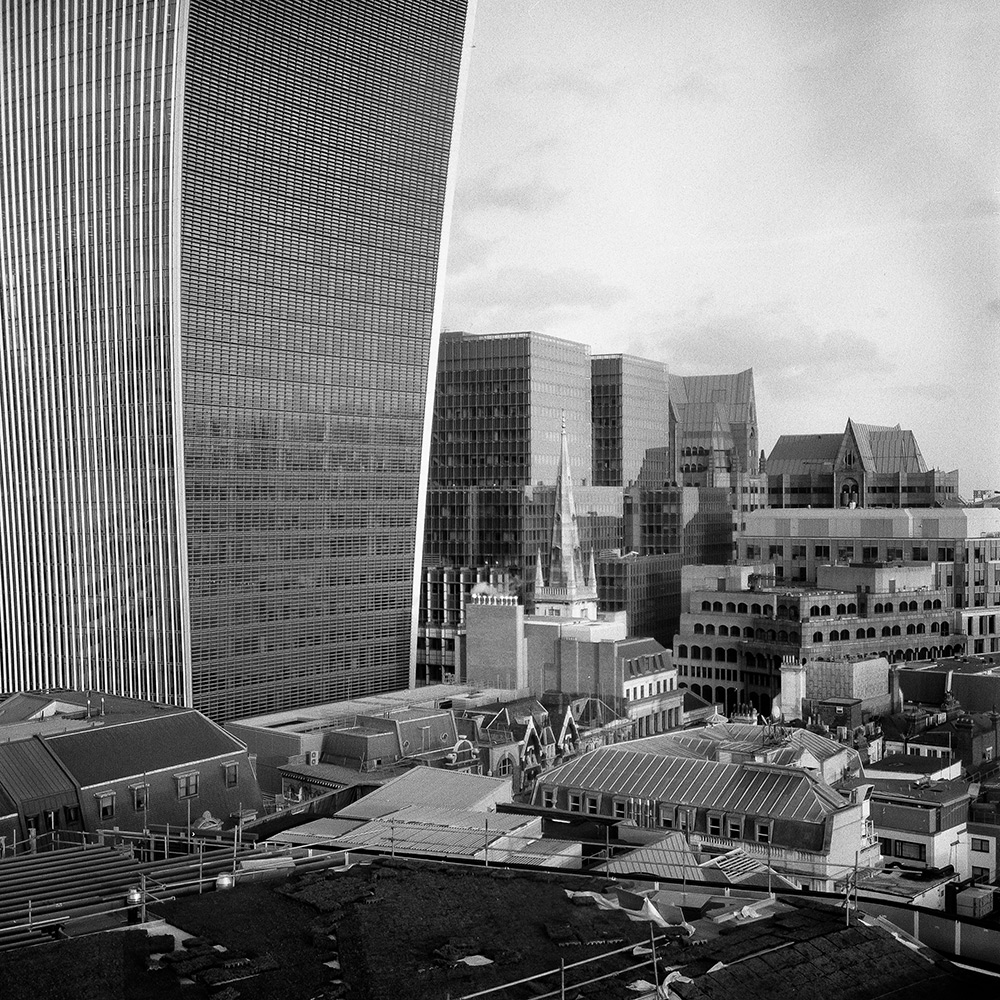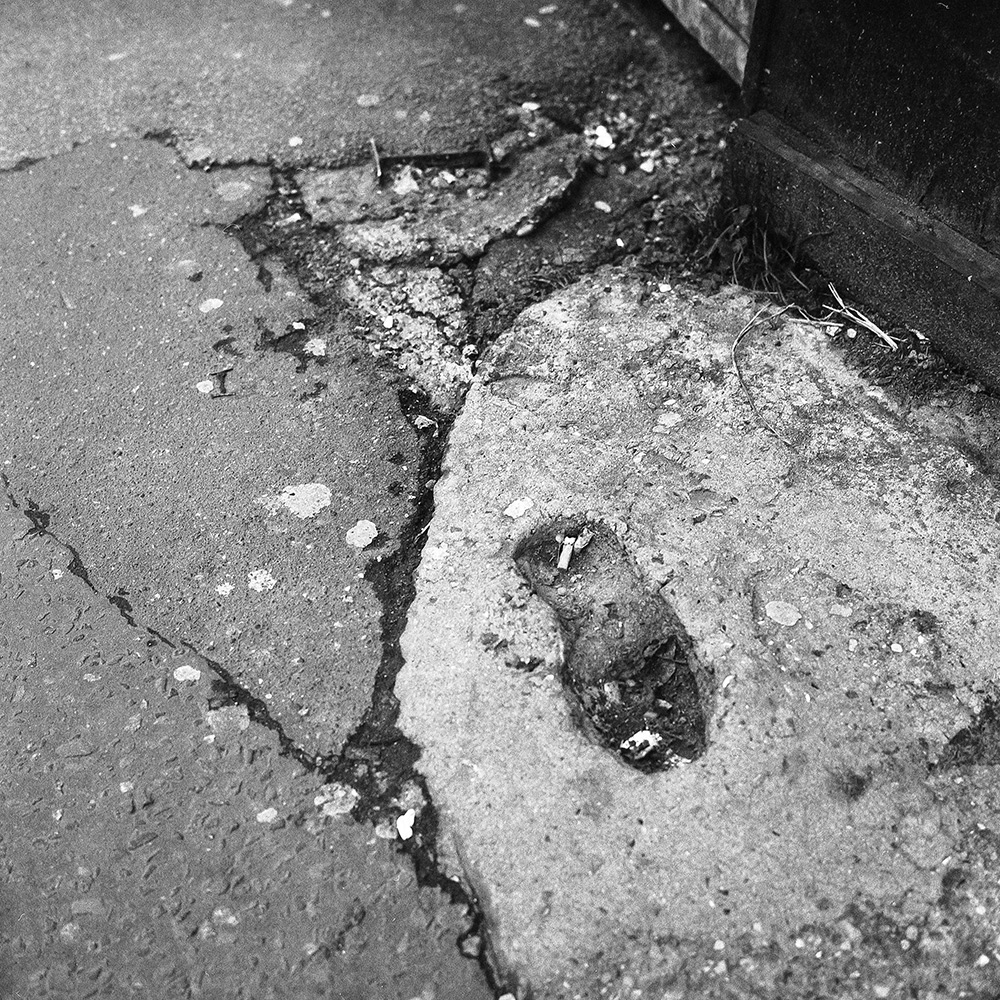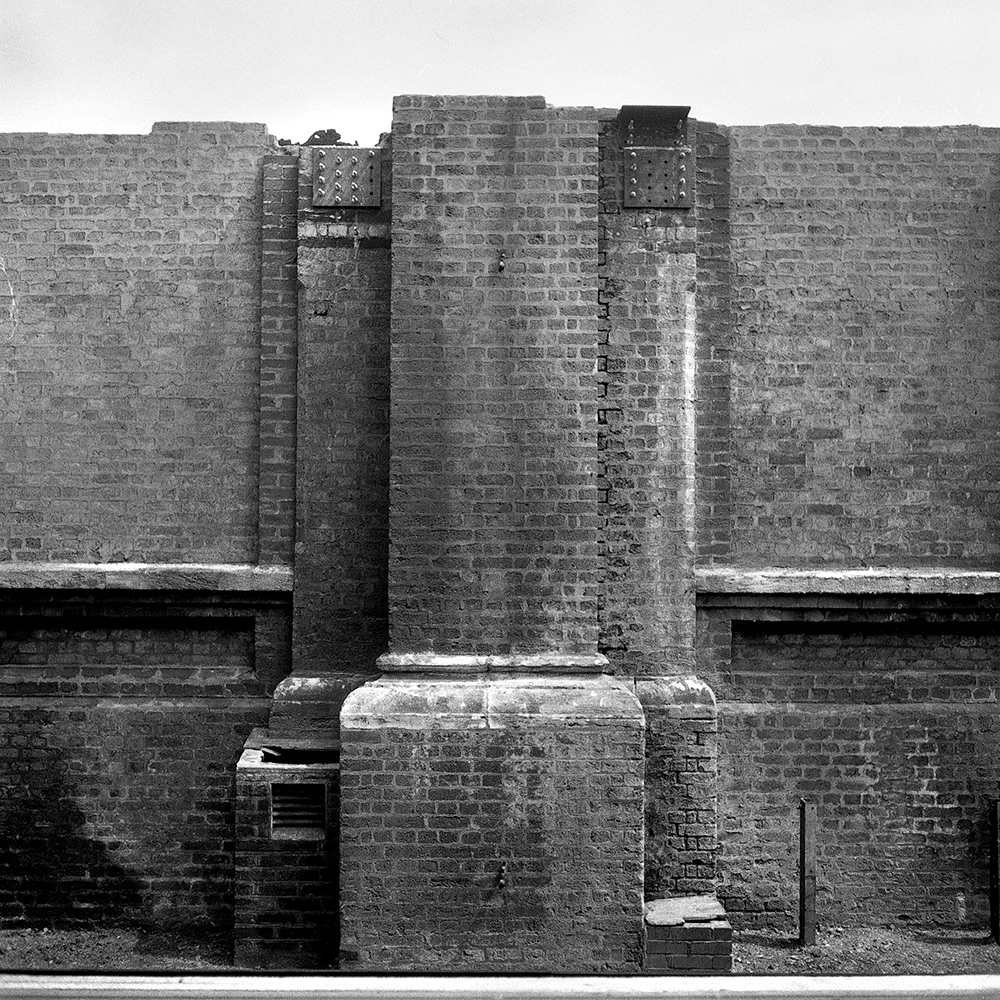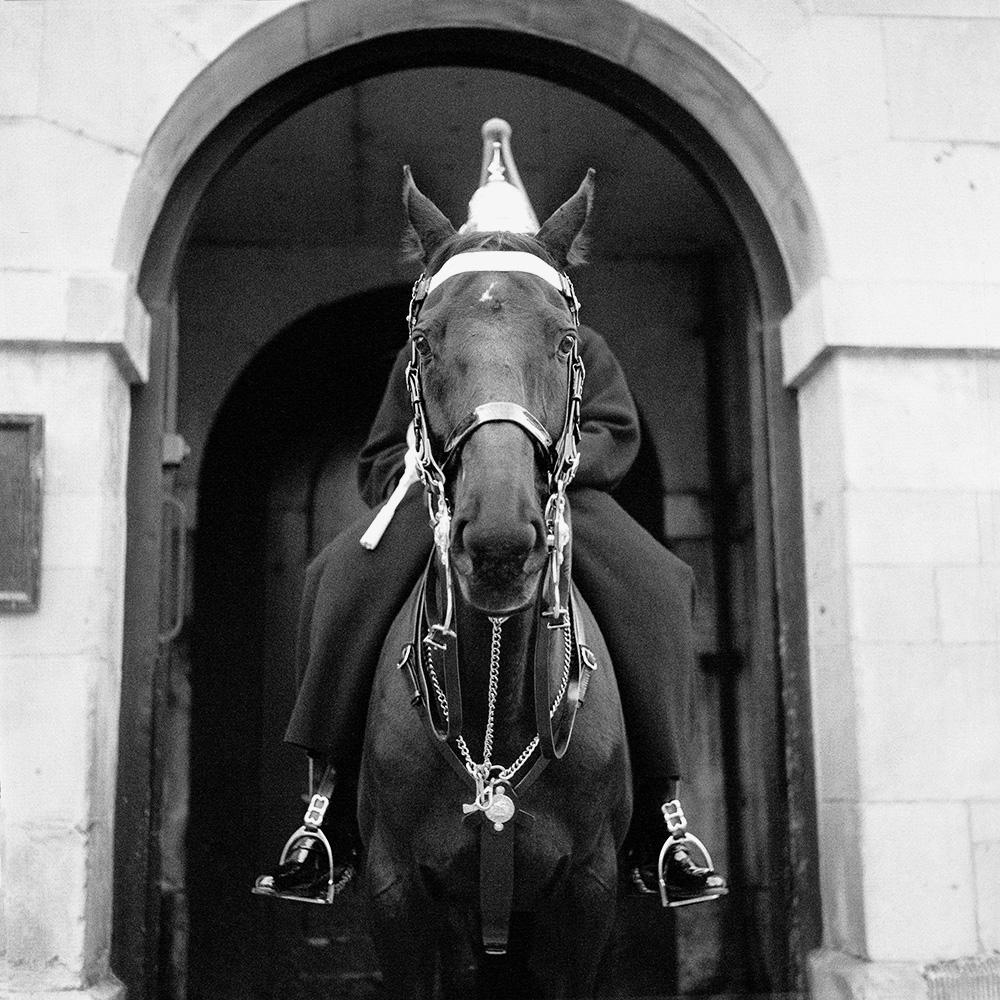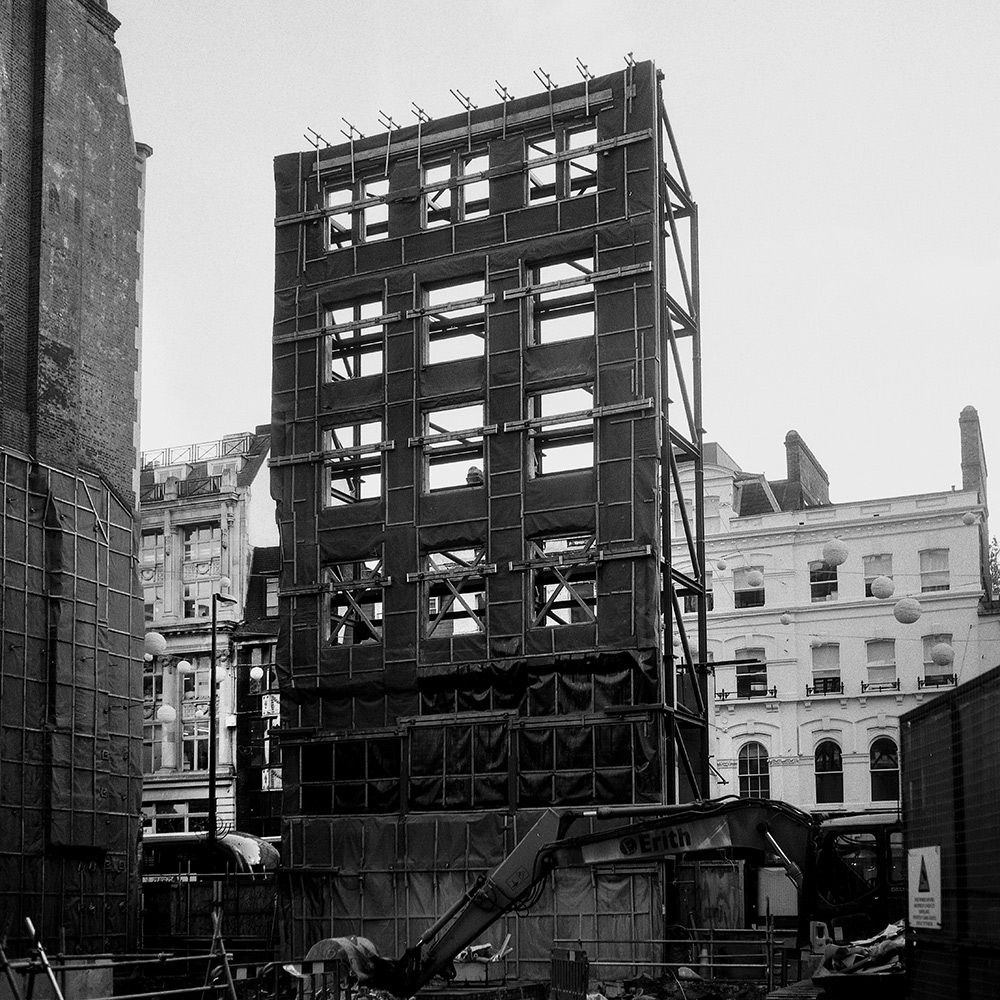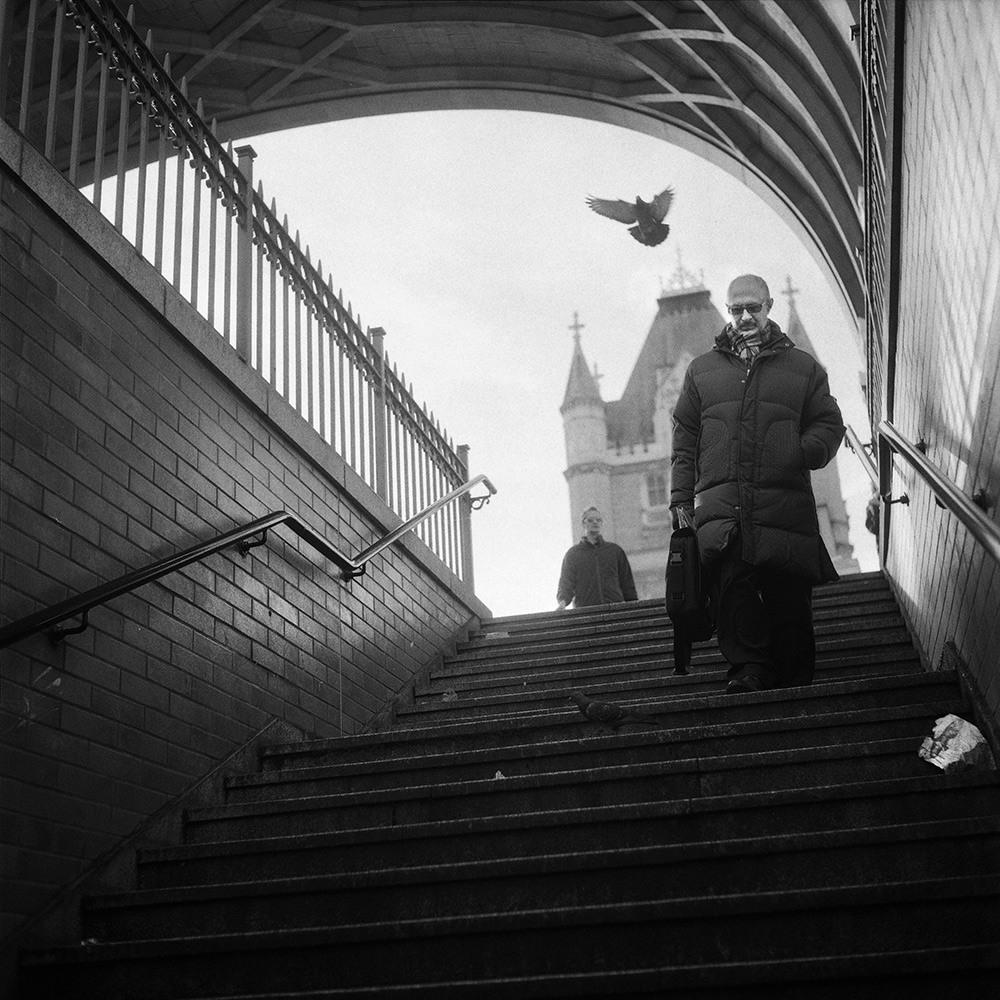City of Dust
(2016)
City of Dust uses ideas about walking and memory to explore the history and present of London and to question what is being lost to the pace of change and redevelopment in the city. It takes as an inspiration the mnemonist Solomon Shereshevsky, who in order to remember complex information would involuntarily constructed detailed environments in his mind. These environments were functionally similar to the memory palace, a technique which was developed and employed by ancient orators in order to remember speeches without notes. However rather than imagining a grand building like a palace Shereshevsky instead visualised the streets of his home city of Moscow. Over time Shereshevsky’s apparently inexhaustible memory proved so detailed that it began to overwhelm him, and he searched for ways to help him forget in the same way that others might search for strategies to recall. These methods included writing his memories down on scraps of paper which he would then ritualistically burn to ashes.
The photographs in City of Dust constitute a visual memory palace, the basis for an extended discourse about London’s history and the traces of the past which remain in the present, hidden in the cracks and gaps of the city. This speech has been drafted, written and practiced, but will never be given, Instead it exists only as a series of markers and fragments, approximate guides to the greater whole. The speech, like the city to which it refers, exists only in the mind of each viewer, reconstituting itself differently each time the series of images is viewed, and in doing so reflecting the impossibility of attempting to definitely encapsulate somewhere as complex as London. Walking the city thus becomes a means of activating accessing a multitude of pasts, even as those pasts are being progressively erased by redevelopment.
View the City of Dust newspaper
